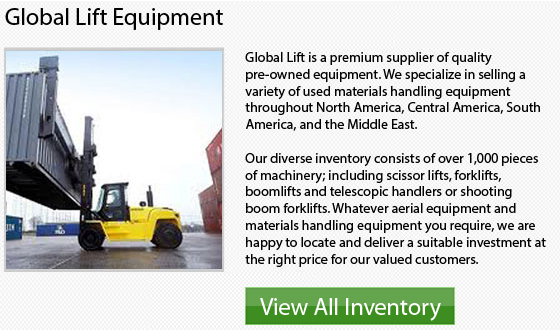
On the market today are forklifts that are categorized in 7 different categories. Classes 1-4 include forklifts that are engineered specially to use on smooth surfaces indoors. They may be chosen for particular factors of recycling that happen in those types of settings. For more intensive outdoor recycling operations, categories V and VII forklifts are usually utilized.
A lot of companies have several or all of their applications outdoors and have to deal with workloads considered extreme. Their lift truck selection will gravitate toward IC or Internal Combustion machinery in Class V and Class VII. These units work really well in any type of weather and have a sufficient amount of power to run heavy things during the course of a shift.
Using a forklift safely is another vital thing to take into consideration. Knowing and acknowledging the center of gravity is really essential when driving a forklift, especially while traveling on uneven terrain. Recognizing the stability triangle in these tough work situations is also imperative.
Manufacturing operations, warehouses, and the supply area for numerous textile firms can have different kinds of reach trucks. Using a reach truck to store finished merchandise on pallets, a variety of materials and other pieces of machines is common. These machines really help in keeping a facility organized and allow them to utilize the maximum amount of space by stacking vertically. Reach trucks are quite easy to utilize. They could help make better use of both time and available storage area.
If you are going to be utilizing your forklift machine 4 to 8 hours a day, it is highly recommended to buy new. The warranty alone could come in handy with such continuous utilization. If, on the other hand, you are only unloading and loading on a bi-weekly basis or not very often, then a second-hand model could be suitable for your needs. Each and every situation is different and you should assess your individual needs prior to choosing the perfect equipment.